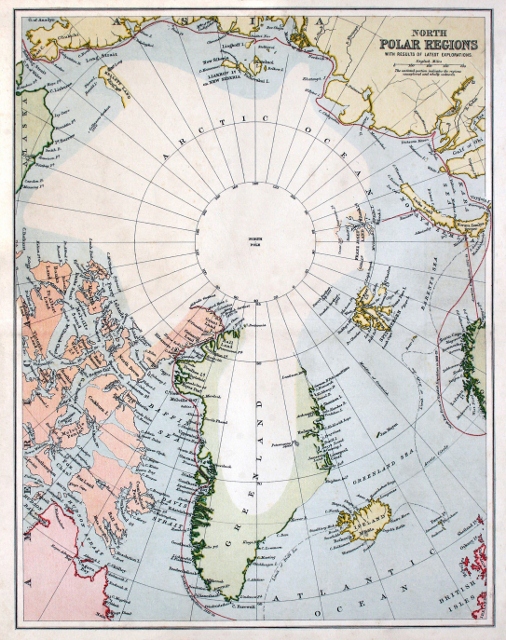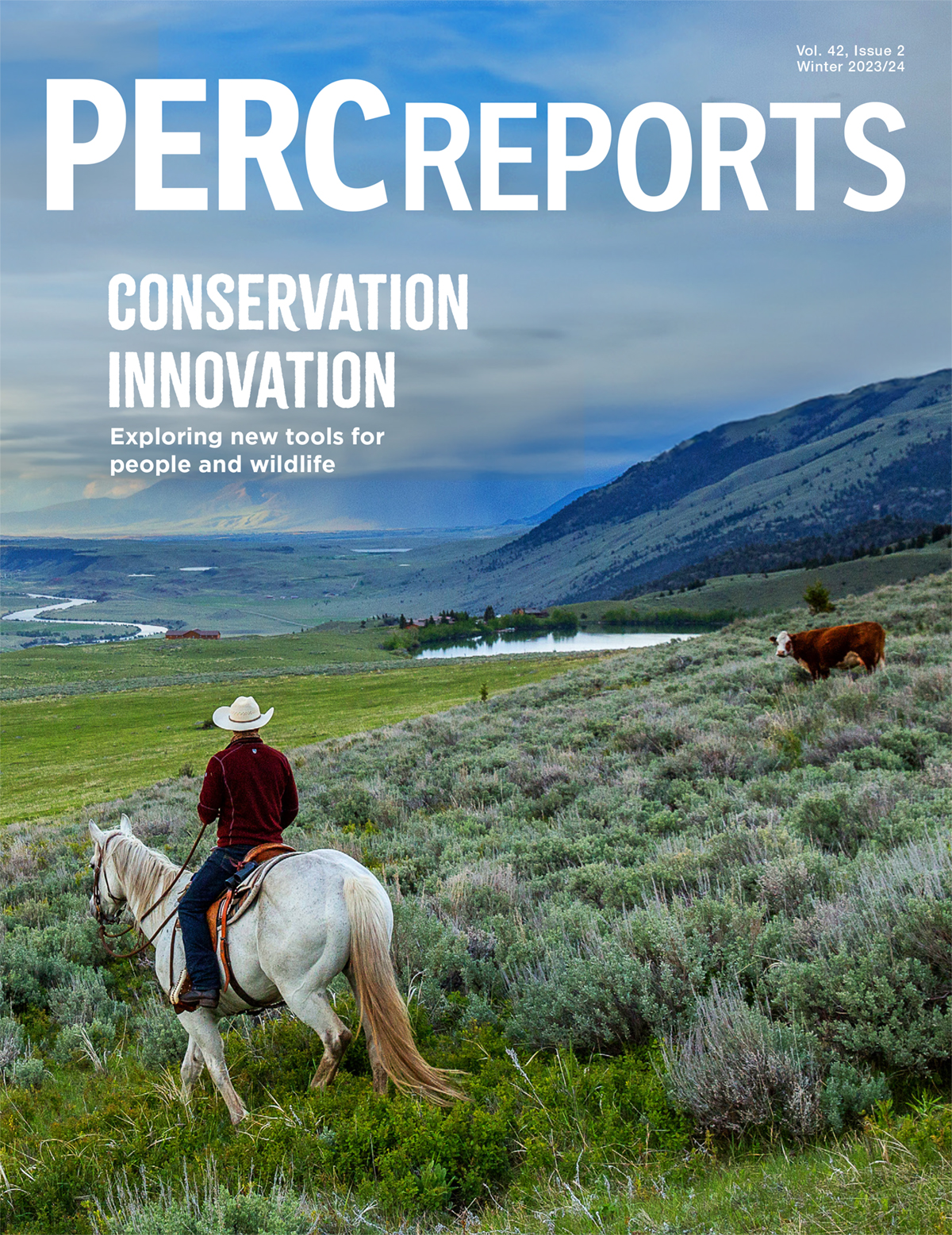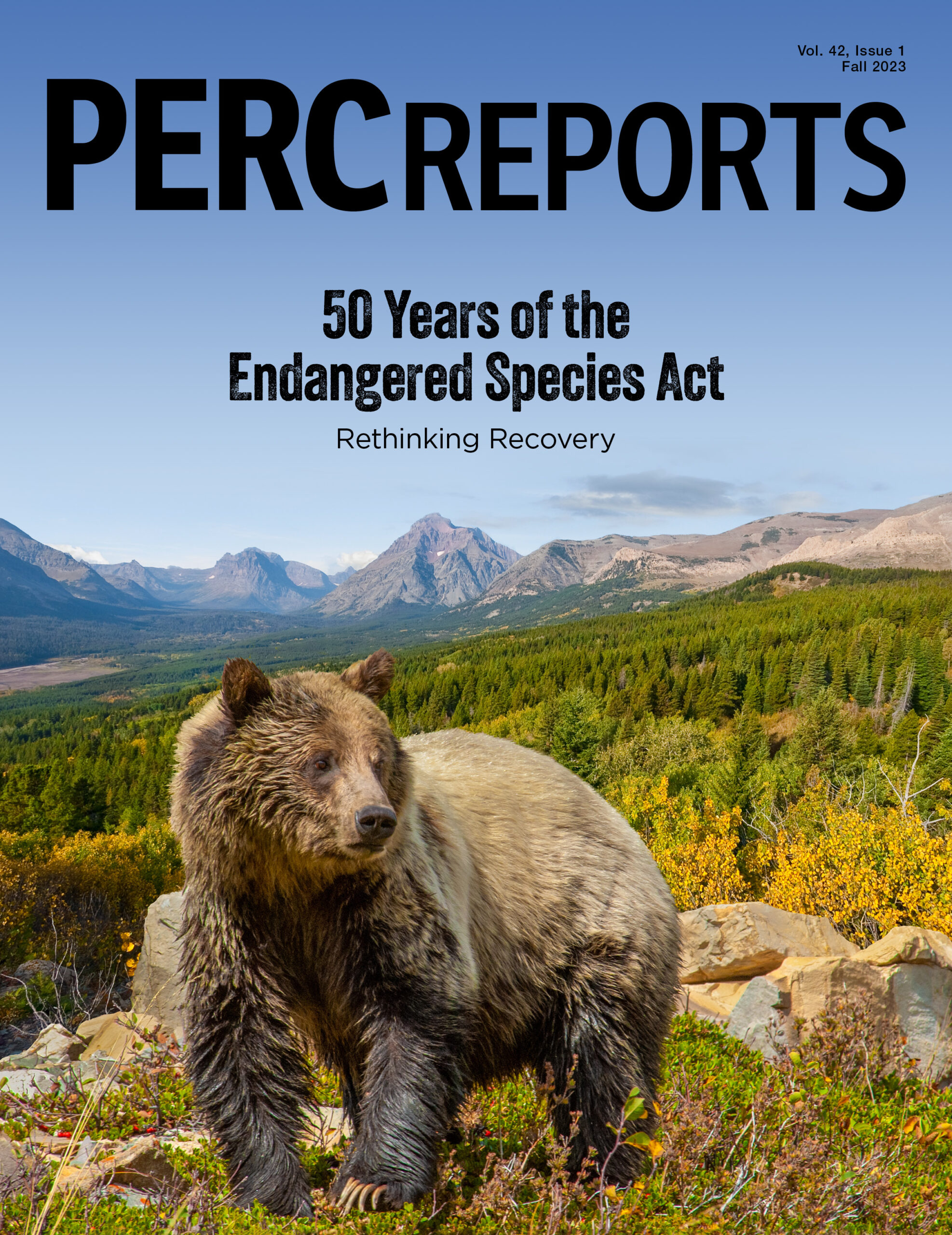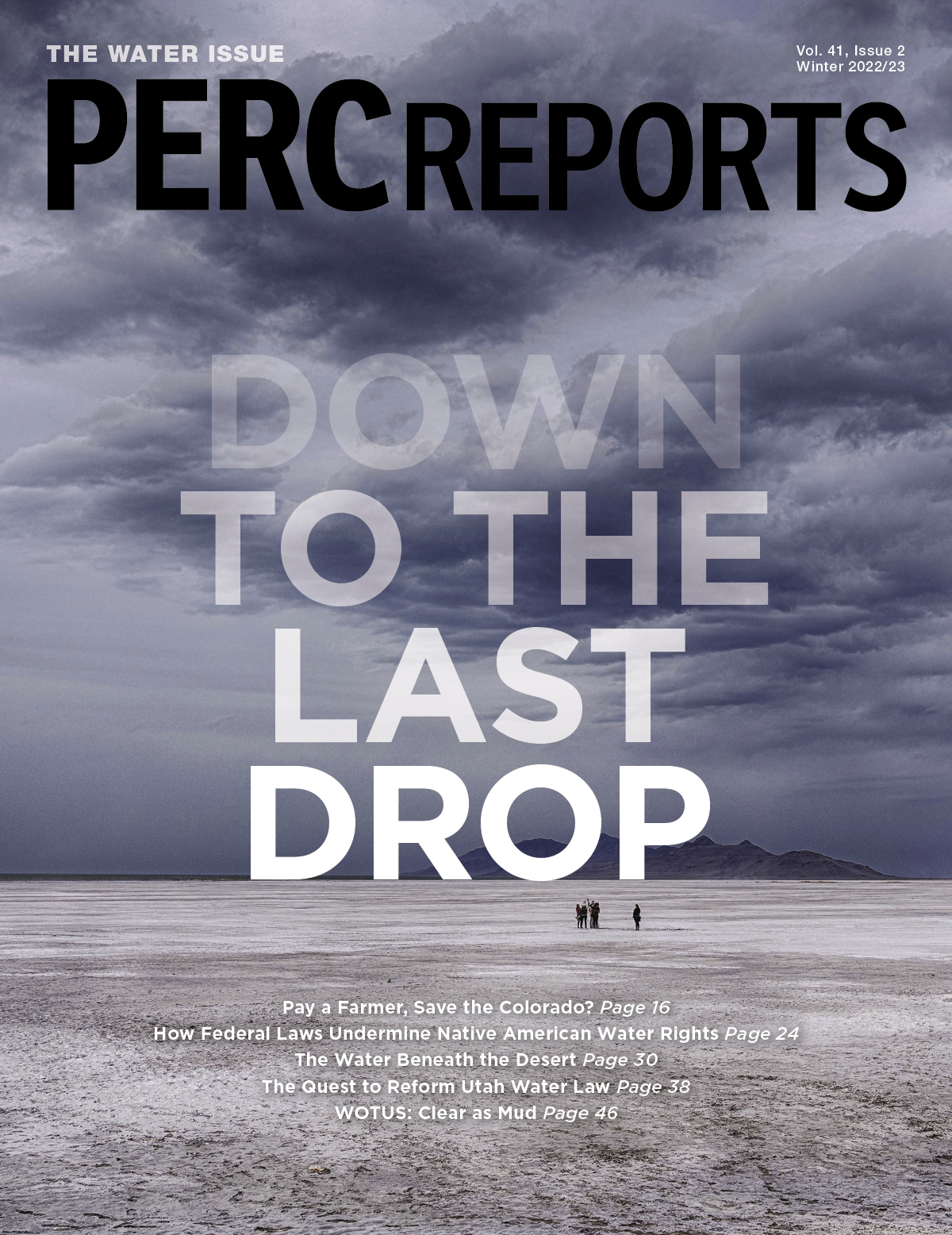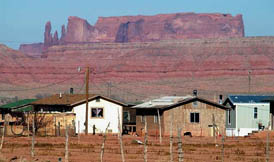
The Right to Own Property on Reservations
Dubbed the “First Nations Property Ownership Act,” the legislation would allow Canadian bands (tribes as they are known in the United States) to vote on whether to give individual Indians the right to own their land as private property.
Read more






